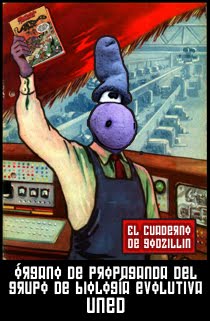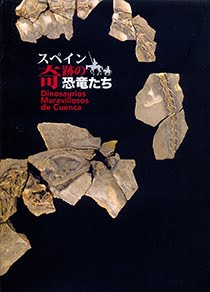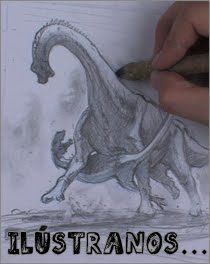De los días 19 al 22 del pasado mes de abril, se celebró en la localidad portuguesa de Pombal, el XV Encuentro de Jóvenes Investigadores en Paleontología (EJIP). José Antonio Díaz-Cáceres, presentó en este congreso, un trabajo dedicado a la postura en reposo de las extremidades anteriores de un grupo de dinosaurios llamado ‘iguanodontoides’. Este grupo de dinosaurios, herbívoros de gran tamaño, está conformado por géneros que vivieron durante el Cretácico Inferior en Europa y Asia, siendo: Bolong y Jinzhousaurus por la parte asiática y Barilium, Iguanodon, Mantellisaurus, Morelladon y Proa por la europea.
Este trabajo está basado en la metodología propuesta por Senter y Robins (2016) para buscar la posible postura de reposo de los brazos de estos dinosaurios. Los resultados obtenidos reflejan la gran similitud que hay en el árbol evolutivo del grupo de los ornitópodos, ya que la postura obtenida para ‘iguanodontoides’ es muy similar a la de los posteriores hadrosaurios que vivieron durante el Cretácico Superior, haciendo hincapié en las posibilidades que ofrecen estos resultados a la hora del montaje de esqueletos y estatuas para exposiciones en museos y eventos en los que se represente a estos animales en una actitud de reposo.
Aquí os dejamos el resumen del trabajo:
Iguanodon bernissartensis was a facultative biped animal that used their forelimbs for four-legged locomotion during long periods of time. However, due to the impossibility of galloping with four legs, this ornithopod acquire a bipedal position for a better speed running (Norman, 1980, 2004). Now, I. bernissartensis is included within a subclade of styracosternan ornithopods named ‘Iguanodontoids’ (Norman, 2015). Within this clade are included all the Iguanodon-like styracosternans that inhabited Western Europe and Asia during the Early Cretaceous. Barilium, Bolong, Iguanodon, Jinzhousaurus, Mantellisaurus, Morelladon and Proa are the genera included within ‘Iguanodontoids’ (Gasulla et al., 2015).The resting position of the forelimbs of some representatives of this clade of large bipedal facultatives herbivores from Lower Cretaceous is studied here. The following hypothesis: ‘iguanodontoids’ are facultative bipeds ornithopods which is related to the elongation of the forelimb element and the subhorizontal orientation of the vertebral column as in most derived ornithopods (=hadrosaurids) is here tested. For this purpose, a set of distinct skeletons from ‘iguanodontoids’, and their nearest relatives, have been studied, to establish the probable angles that relates all the bones of the forelimb. The methodology following here was previously proposed by Senter & Robins (2016) and it permitted the establishment of the possible angles of the forelimb in resting position on some group of dinosaurs. Through the establishment of the main angles of the forearm in complete ‘iguanodontoid’ skeletons, the results of this study confirm a bipedal resting position for these ornithopods as in its more derived relatives, the hadrosaurids (Senter & Robins, 2016). Furthermore, these results imply that a bipedal resting position is widely distributed among Styracosterna also being a well-establish behavior in the most basal representatives of the clade, the Early Cretaceous ‘iguanodontoids’. Finally, the results obtained were compared with skeletal mounts and could help to future reconstructions of ‘iguanodontoids’ in resting position in museum exhibitions.
-----
Más información:
- Díaz-Cáceres, J.A.; Escaso, F. 2017. How did a dinosaur as Iguanodon rest for a while? In: Barrios de Pedro, S. et al, A Glimpse of the Past. Abstract Book of the XV Encuentro de Jóvenes Investigadores en Paleontología/XV Encontro de Jovens Investigadores em Palentologia, Lisboa. 141-142.




























No hay comentarios:
Publicar un comentario